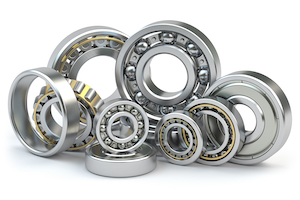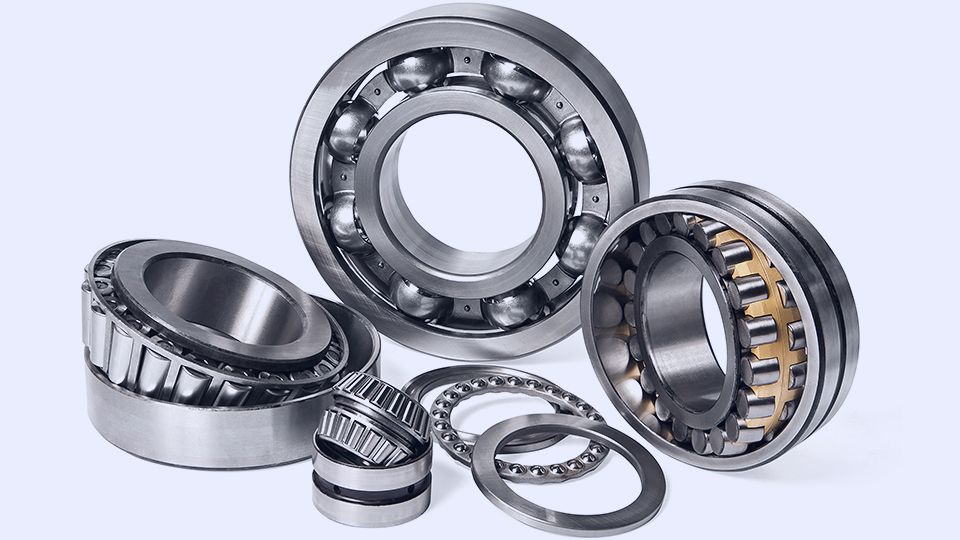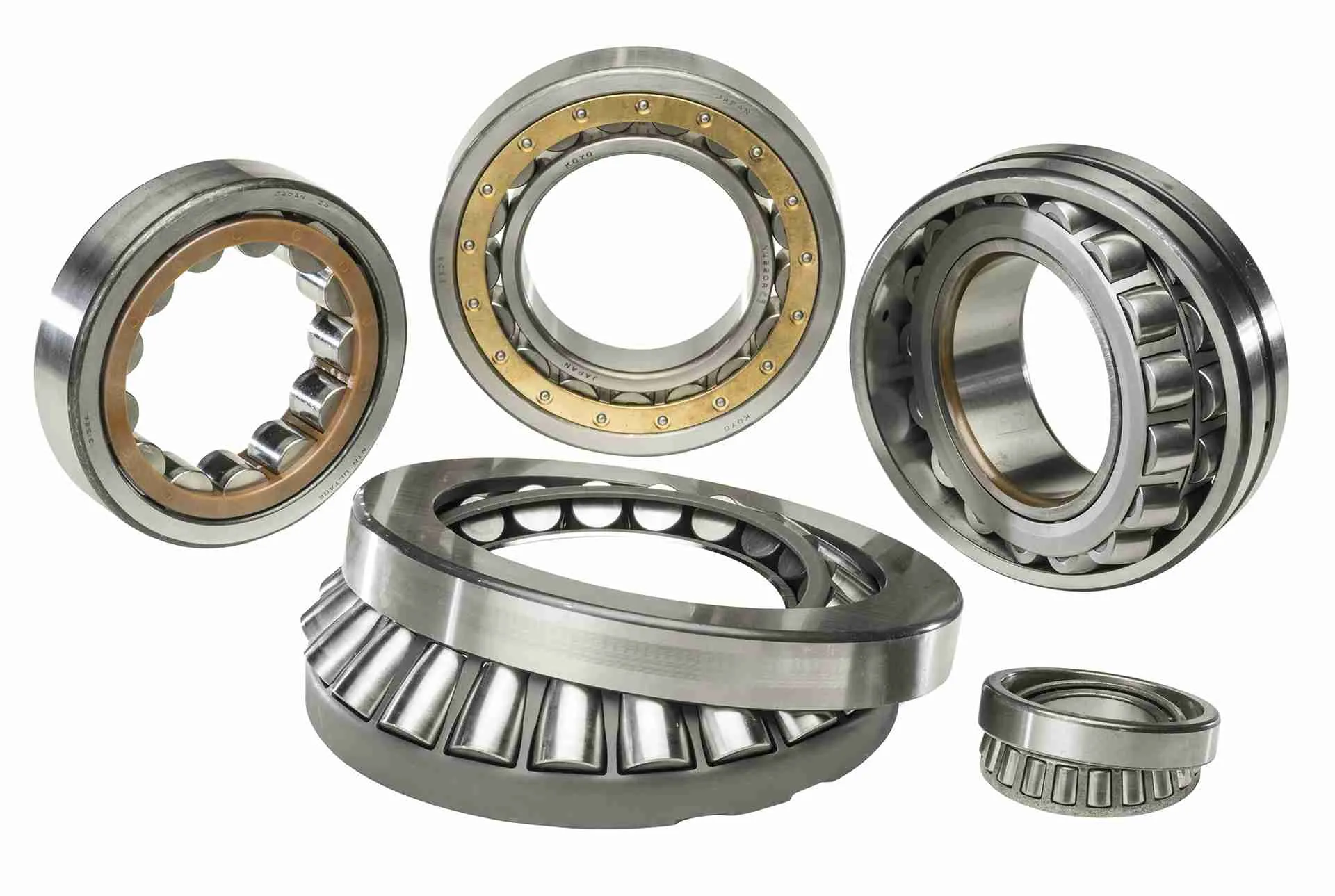What are the potential challenges or limitations associated with using rolling contact bearings in various industries?
Rolling contact bearings offer numerous benefits and are widely used in various industries. However, there are certain challenges and limitations associated with their use. It is important to understand these potential issues to ensure proper application and mitigate any adverse effects. Here’s a detailed explanation of the challenges and limitations associated with using rolling contact bearings:
- Load Capacity:
While rolling contact bearings are designed to handle substantial loads, there are limitations to their load capacity. Exceeding the specified load limits can lead to premature wear, increased friction, and potentially catastrophic failure. It is crucial to consider the expected loads in the application and select bearings with appropriate load ratings and configurations. In some high-load applications, alternative bearing types, such as spherical roller bearings or tapered roller bearings, may be more suitable to handle the specific load requirements.
- Speed Limitations:
Rolling contact bearings have speed limitations that need to be considered in high-speed applications. At high rotational speeds, centrifugal forces can affect the performance and reliability of rolling contact bearings. The limitation is primarily due to factors such as the bearing’s internal clearance, cage design, lubrication, and the potential for increased heat generation. To overcome speed limitations, specialized high-speed bearings with improved designs and materials, such as ceramic balls or hybrid bearings, may be used in certain applications.
- Maintenance and Lubrication:
Proper maintenance and lubrication are essential for the reliable operation of rolling contact bearings. Inadequate lubrication or improper maintenance practices can result in increased friction, heat buildup, and premature wear. It is important to follow the manufacturer’s recommendations for lubrication intervals, lubricant selection, and application methods. In some applications, such as high-temperature environments or extreme operating conditions, special considerations may be required to ensure effective lubrication and prevent bearing failure.
- Environmental Factors:
Rolling contact bearings can be sensitive to certain environmental factors. Exposure to contaminants, such as dirt, dust, moisture, or aggressive chemicals, can lead to accelerated wear and corrosion. In industries where the operating environment is harsh or contaminated, additional protective measures, such as sealing arrangements or the use of specialized coatings, may be necessary to enhance the bearing’s resistance to environmental factors. It is important to evaluate the specific environmental conditions and select bearings that are suitable for the intended application.
- Installation and Alignment:
Improper installation or misalignment of rolling contact bearings can result in reduced performance and premature failure. Achieving accurate alignment and proper fitment during installation is crucial. Misalignment can lead to increased friction, uneven load distribution, and potential damage to the bearing surfaces. It is necessary to follow the manufacturer’s installation guidelines, use appropriate tools, and employ precision alignment techniques to ensure optimal performance and longevity of the bearings.
- Size and Space Constraints:
In some applications, size and space constraints may limit the use of rolling contact bearings. The available space for bearing installation may be limited, requiring the use of compact or specialized bearing designs. Additionally, certain applications may demand high load-carrying capacity within a restricted envelope, necessitating careful bearing selection and possibly the use of alternative bearing types. It is important to consider the space limitations and select bearings that can accommodate the specified requirements while fitting within the available space.
While rolling contact bearings offer numerous advantages, it is essential to be aware of the potential challenges and limitations associated with their use. By understanding these factors and taking appropriate measures, such as careful selection, proper maintenance, and adherence to installation guidelines, the performance and reliability of rolling contact bearings can be optimized in various industries and applications.
What is the role of cage design and materials in rolling contact bearing performance and durability?
The cage design and materials used in rolling contact bearings play a crucial role in their performance and durability. Here’s a detailed explanation of the role of cage design and materials in rolling contact bearing performance and durability:
- Function of the Cage:
The cage, also known as the bearing retainer or separator, holds and separates the rolling elements in a rolling contact bearing. Its primary function is to maintain the proper spacing and alignment of the rolling elements, allowing them to roll smoothly and distribute the load evenly. The cage prevents the rolling elements from contacting each other, reducing friction, wear, and the risk of damage. By guiding the rolling elements, the cage also helps to minimize the centrifugal forces and maintain stability at high speeds. The design and materials of the cage directly influence these functions and, consequently, the overall performance and durability of the bearing.
- Cage Design Considerations:
The design of the cage is carefully considered to ensure optimal bearing performance and durability. Some key design considerations include:
- Material Compatibility: The cage material must be compatible with the operating conditions and lubricants used in the bearing. It should have sufficient strength, hardness, and resistance to wear and fatigue. Different applications may require cages made from materials such as steel, brass, synthetic polymers, or composite materials.
- Friction and Heat Generation: The cage design should minimize friction between the rolling elements and the cage itself. Reduced friction helps improve energy efficiency, reduce heat generation, and extend the bearing’s service life.
- Load Distribution: The cage design should facilitate even load distribution among the rolling elements. This ensures that the forces acting on the bearing are evenly distributed, reducing stress concentrations and the risk of premature failure.
- High-Speed Capability: The cage design should be optimized to handle high-speed applications. It should be lightweight, promote efficient lubricant flow, and minimize windage losses caused by air turbulence at high rotational speeds.
- Alignment and Stability: The cage design should promote proper alignment and stability of the rolling elements, especially during rapid accelerations, decelerations, or changes in direction. This helps maintain smooth operation and prevents the rolling elements from skewing or becoming misaligned.
- Cage Material Selection:
The choice of cage material depends on factors such as the operating conditions, load requirements, lubrication, and cost considerations. Commonly used cage materials include:
- Steel: Steel cages offer excellent strength, durability, and resistance to high temperatures. They are commonly used in applications with heavy loads, high speeds, and high operating temperatures.
- Brass: Brass cages provide good strength, corrosion resistance, and low friction. They are suitable for applications where low noise and vibration levels are important, such as in precision instruments and industrial machinery.
- Synthetic Polymers: Synthetic polymer cages, such as polyamide (nylon) or polyetheretherketone (PEEK), offer advantages such as low friction, lightweight, corrosion resistance, and the ability to dampen vibrations. They are commonly used in applications where reducing friction, noise, and weight are critical, such as in automotive and aerospace industries.
- Composite Materials: Composite cages combine different materials to achieve specific properties such as high strength, low friction, or resistance to harsh environments. These cages are used in specialized applications where unique material properties are required.
The selection of the cage design and materials is a critical aspect of rolling contact bearing design. Careful consideration of the operating conditions, load requirements, speed, and other factors helps ensure optimal performance, reliability, and durability of the bearing.
What are the common types of rolling contact bearings, such as ball bearings or roller bearings?
Rolling contact bearings are available in various types, each designed to accommodate specific load capacities, speeds, and application requirements. The most common types of rolling contact bearings include ball bearings and roller bearings. Here’s a detailed explanation of these common types:
- Ball Bearings:
Ball bearings are the most widely used type of rolling contact bearings. They consist of one or more rows of balls placed between two rings—an inner ring and an outer ring. The balls roll along the raceways formed on the rings, enabling smooth and low-friction rotation. Ball bearings are known for their high rotational speeds, low starting torque, and relatively low load capacity compared to roller bearings.
There are several variations within the category of ball bearings, including:
- Deep Groove Ball Bearings: These ball bearings have deep raceway grooves, allowing them to accommodate both radial and axial loads. They are commonly used in applications such as electric motors, appliances, and automotive components.
- Angular Contact Ball Bearings: Angular contact ball bearings can handle both radial and axial loads. They have an angled contact surface between the balls and the raceways, enabling them to support higher axial loads and facilitate combined radial and axial movements. These bearings are often used in machine tools, pumps, and gearboxes.
- Thrust Ball Bearings: Thrust ball bearings are designed to support axial loads in a single direction. They consist of two rings with a set of balls sandwiched between them. Thrust ball bearings are commonly used in applications such as automotive transmissions and steering systems.
- Roller Bearings:
Roller bearings, as the name implies, utilize cylindrical or tapered rollers instead of balls to facilitate motion. Roller bearings are capable of handling higher loads and are often used in heavy-duty applications. The common types of roller bearings include:
- Cylindrical Roller Bearings: Cylindrical roller bearings feature cylindrical rollers that provide a large contact area with the raceways. They can accommodate high radial loads and moderate axial loads. Cylindrical roller bearings are commonly used in applications such as machine tool spindles, electric motors, and gearboxes.
- Tapered Roller Bearings: Tapered roller bearings consist of tapered rollers and inner and outer rings with tapered raceways. They can support both radial and axial loads in a single direction. Tapered roller bearings are commonly used in automotive wheel bearings, heavy machinery, and construction equipment.
- Spherical Roller Bearings: Spherical roller bearings have barrel-shaped rollers and two raceways on the inner and outer rings that are inclined relative to the bearing axis. This design allows them to accommodate misalignment and axial displacement. Spherical roller bearings are commonly used in applications with heavy loads, such as mining equipment, paper mills, and crushers.
- Needle Roller Bearings: Needle roller bearings use long, thin rollers that have a high length-to-diameter ratio. They are suitable for applications with limited radial space and high load capacity. Needle roller bearings are commonly used in automotive transmissions, industrial gearboxes, and motorcycle engines.
These are some of the common types of rolling contact bearings, including ball bearings and roller bearings. Each type has its own advantages and is suitable for specific applications based on factors such as load requirements, speed, and space limitations.
editor by CX 2024-05-16




